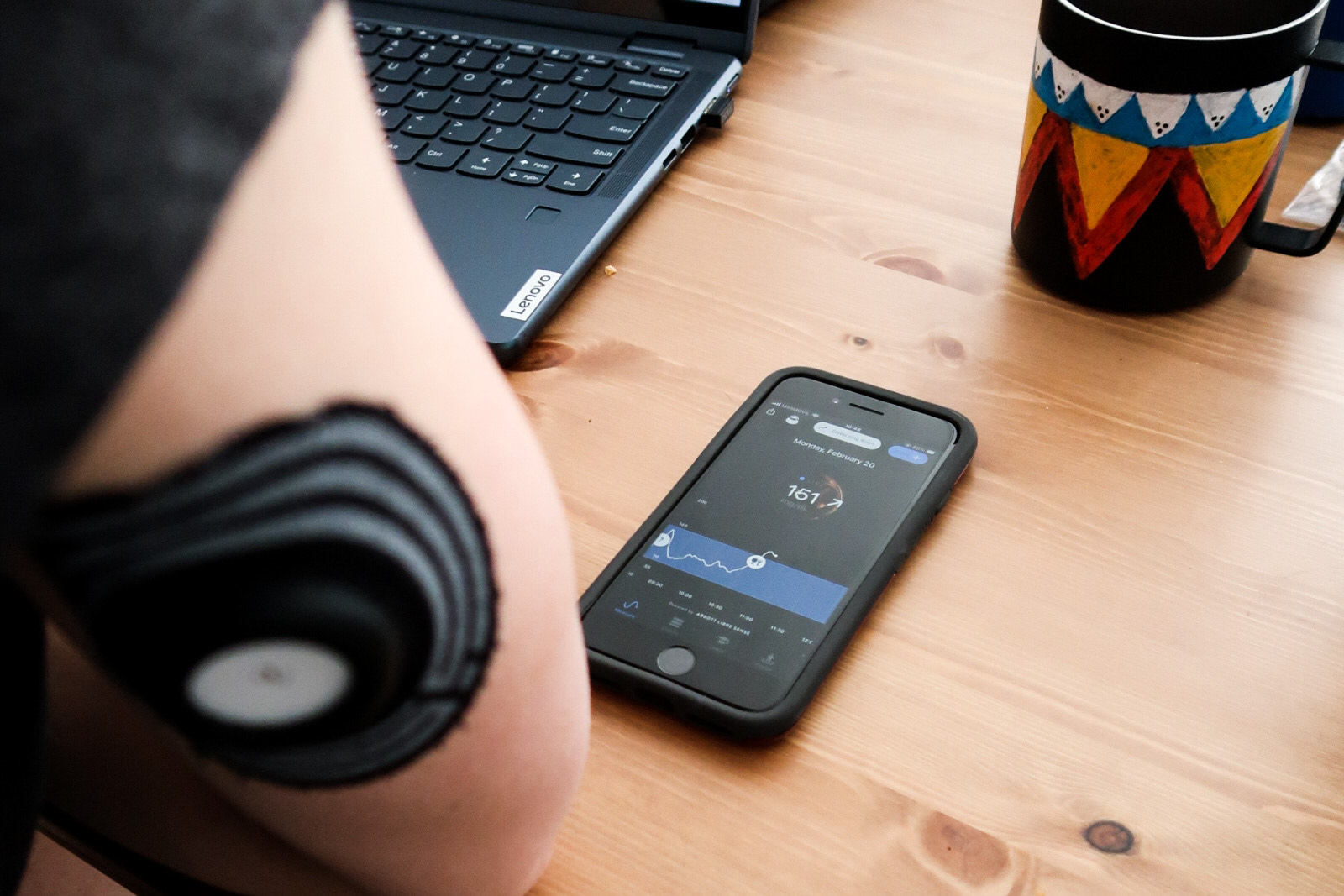Supersapiens Announces Partnership with ZAAF Cycling Team
February 28, 2023

Supersapiens and ZAAF Cycling Team proudly announce a partnership for the 2023 season
Atlanta – 28 February 2023 /ENDURANCE SPORTSWIRE/ – Supersapiens and ZAAF Cycling Team proudly announce a partnership for the 2023 season. New to the pro peloton, ZAAF Cycling Team boasts Audrey Ragot Cordon, Nikola Noskova, and Maggie Coles Lyster as standout riders. The Spanish-registered team kicked off the 2023 season in fine fashion by finishing in the top 10 overall at the Santos Tour Down Under.
“The first time I met Ladi, his commitment and passion for cycling were palpable and I was inspired by his drive to push forward women’s cycling. When he presented the ZAAF Cycling Team, it was clear that this is a long-term project with the vision to achieve parity in pay and access to top-level performance support for female athletes. Supersapiens looks forward to providing a data-driven, individual approach to empower athletes with innovative insights around fueling and nutrition to optimize their energy as means to maximize their performance and recovery, [1] said Supersapiens CEO and Founder Phil Southerland.
The Supersapiens ecosystem consists of the Supersapiens app, Supersapiens Energy Band, and Supersapiens Data Dashboard. In October, Supersapiens announced a groundbreaking integration with Wahoo’s New ELEMNT ROAM and BOLT that allows for real-time glucose visibility where the Abbott Libre Sense Glucose Sport Biosensor connects directly with the most recent Wahoo devices, no longer requiring a phone to serve as the bridge. Supersapiens also integrates with select Garmin devices, Nolio app, Apple Health, and more.
“As a high-performance sports team, we rely on science to guide performance decisions. The data and research provided by Supersapiens is extremely valuable in our 2023 pursuit of countless podiums. Our performance staff has taken a systematic approach as we introduce Supersapiens to the riders. To begin, we are focusing on nutrition before training, fueling during races, and optimizing recovery and are relying on Supersapiens’ data to guide these rider-specific nutrition strategies,” said Ladi Demko.
While ZAAF Cycling Team is new to the women’s pro peloton, the team’s history goes back more than 70 years. The team is a tribute to Algerian cycling legend Abdel-Kader Zaaf who raced in four Tour de Frances (1948, 1950-1952). The trailblazer helped break down barriers around racism and was known for launching an attack that ended Fauso Coppi’s bid for yellow at the 1952 Tour. Zaaf’s great-grandson is the owner of the squad.
“I’ve known Phil as someone completely dedicated to the sport of cycling, so it is both an honor and critically important to have someone like him and a company like Supersapiens as a sponsor as we make our debut in the pro peloton this year,” Demko said.
The Supersapiens system powered by Abbott’s Libre Sense Glucose Sport Biosensor is now available in Austria, France, Germany, Ireland, Italy, Luxembourg, Switzerland, and the United Kingdom. Learn more about the full line of Supersapiens products and purchase Abbott’s biosensor at www.supersapiens.com.
Supersapiens is aiming to be the most influential sports brand of the decade. They develop innovative insights around glucose that aim to unlock better performance and recovery by driving positive behavior changes.
Abbott’s Libre Sense Glucose Sport Biosensor is intended for athletes to measure their glucose levels. When used with a compatible product, the biosensor allows athletes to correlate their glucose levels and their athletic performance.
The Supersapiens system including Abbott’s Libre Sense Glucose Sport Biosensor is not intended for medical use and is not intended for use in screening, diagnosis, treatment, cure, mitigation, prevention, or monitoring of diseases, including diabetes.
- Fell, J Marc et al. “Carbohydrate improves exercise capacity but does not affect subcellular lipid droplet morphology, AMPK and p53 signalling in human skeletal muscle.” The Journal of physiology, 10.1113/JP281127. 26 Mar. 2021, doi:10.1113/JP281127 ↑




